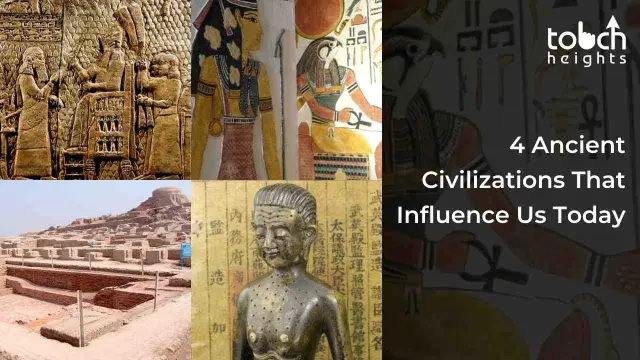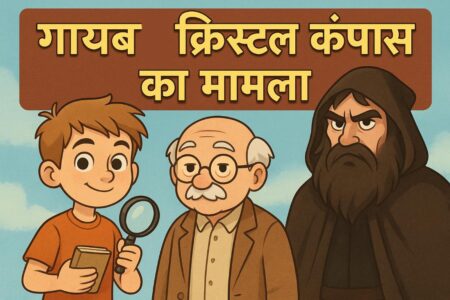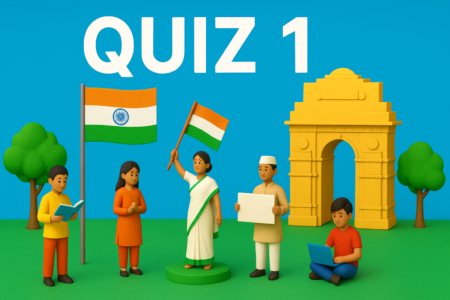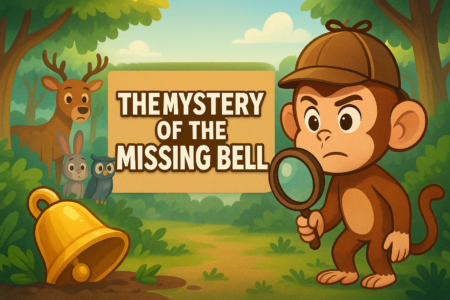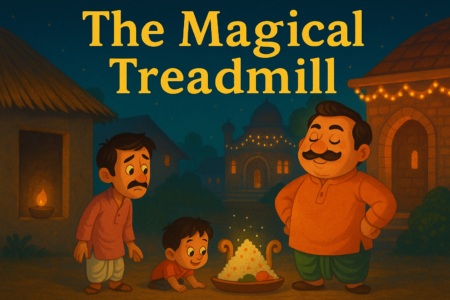Around 12,000 years ago, people began to hibernate. Despite having previously roamed the earth in search of food, mankind decided to focus on agriculture and spent their days sowing seeds, gathering fruit and vegetables, and building up the first food surpluses in history.
In the end, segments of the human population were able to focus on developing modest, agricultural communities into bustling cities because of the security that ample food gave. They could build imposing temples and palaces and devote themselves to the developing fields of philosophy, politics, and the arts.
These four prehistoric societies have a reputation for being creative and inventive
Sumerian Civilization (4500 B.C. to 1900 B.C.)
The oldest civilizations in human history are said to have originated in ancient Sumer, a region in Mesopotamia located above the shared floodplains of the Tigris and Euphrates rivers. Mesopotamia’s “Fertile Crescent” allowed ancient inhabitants to dwell and rely on farming around 10000 B.C. These groups, known as the Sumerians today, were able to plant food in such abundance by around 4500 B.C. that they could build the first cities in the world without becoming hungry.
Tall temple and palace complexes may be seen in Sumerian towns like Eridu, Uruk, and Ur. The written word is also attributed to the ancient Sumerians: They used a writing method known as cuneiform to scrape clay tablets as far back as 5,000 years. With the use of this system, they were able to monitor the flow of grain across their region, communicate legends and folklore, and disseminate information on farming and cooking, among other things.
Mesopotamia’s present moniker as the “Cradle of Civilization” was made possible by these inventions. The Sumerians also established the first schools, wrote the first codes of law, devised irrigation, and developed our modern understanding of time by breaking the day into hours, minutes, and seconds. They also made significant contributions to mathematics, astronomy, and astrology.
Indus Valley Civilization (3300 B.C. to 1300 B.C.)
Agriculturalists started establishing tiny settlements throughout the Indus River Valley in modern-day India and Pakistan around 7000 B.C. These communities saw a very rapid expansion beginning at approximately 3300 B.C. Although cities were created by the Sumerians, the inhabitants of the Indus Valley refined them.
For instance, their cities of Harappa and Mohenjo-Daro, which housed 40,000–50,000 people, had baked-brick structures. These cities were maintained clean by sophisticated sewer and water supply systems, and their wide streets formed a precise grid pattern, indicating that these locations were well planned.
The meticulous urban planning that took place in Mohenjo-Daro and Harappa shows that the inhabitants of the Indus Valley desired homogeneity. Their ubiquitous bricks had uniform proportions, and one of their most significant inventions was the standardization of weights and measurements. Other discoveries included a puzzling writing system that is still impossible to comprehend and innovative metallurgical methods.
Ancient Egypt (3100 B.C. to 30 B.C.)
By 6000 B.C., inhabitants had found refuge from the sweltering sands near the banks of the Nile. They cultivated the land and established villages, and around 3100 B.C., these communities developed into bustling metropolises under the control of pharaohs who served as divine mediators between the people and their deities as well as statesmen who made laws, demanded taxes, waged war, and governed their domains.
Under the pharaohs, the Egyptians flourished for thousands of years and achieved recognition for their innovations in several scientific domains. For instance, they had a thorough understanding of what would later become arithmetic, astronomy, and anatomy, and they were adept at mending broken bones and sewing wounds, leading to their claim that they invented surgery. (It is genuinely hypothesized that their practices of mummification affected their aptitude for medicine.)
The ancient Egyptians wrote a lot as well. They created a hieroglyphic writing system on their own, engraving hundreds or perhaps thousands of alphabetic, syllabic, and logographic symbols in stone. This ancient culture also invented several derivative writing systems that were written on papyrus, a sturdy material formed from plant pith that was widespread throughout the floodplains. The ancient Egyptians excelled as builders beyond everything else. Their structures, such as the Great Sphinx and the Pyramids at Giza, continue to serve as a reminder of their early creativity. Their temples and tombs rank among the finest buildings ever built.
Ancient and Early Imperial China (2070 B.C. to A.D. 220)
One of the earliest civilizations in the world was nurtured in the Yellow River Valley in China. Around 5000 B.C., the region saw the emergence of its earliest farming communities. From these humble beginnings, a centralized government developed. Chinese civilization was ruled by several succeeding dynasties beginning with the Xia (2070–1600 B.C.). These kingdoms were said to be supported by a heavenly mandate, which became known as the “Mandate of Heaven.” This political theory forbade improper behavior by leaders and urged them to take care of their subjects.
Chinese culture grew both in peaceful and turbulent periods. Chinese scribes began using modern-looking characters in the Shang Dynasty (1600–1046 B.C.s), and by 400 B.C., the concepts of notable individuals like Confucius had developed into whole belief systems that emphasized virtue and filial devotion. The earliest silk and the first types of paper were made by Chinese artists, in addition to their intellectual accomplishments.
The earliest block printing techniques and marine compasses were also developed by them. One of China’s most enduring legacies is the practice of acupuncture and herbal treatment. Chinese builders are renowned for having built and connected the initial sections of the Great Wall, one of history’s greatest architectural achievements. The 7th century B.C. saw the beginning of this enormous project.
Conclusion:
The first civilizations, which appeared following millions of years of human development, had a significant influence on modern culture and civilization.
From a time when there were no established methods of communication and hunting was the main source of sustenance, human civilization has come a long way. Foraging was gradually replaced by agriculture, animals were tamed, civilizations were formed, and finally, the cultures that exist today were reached.

